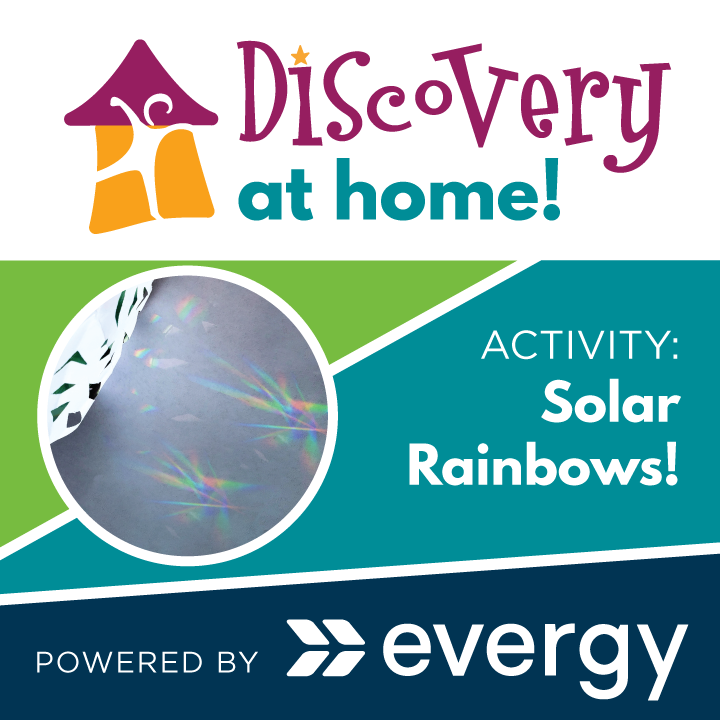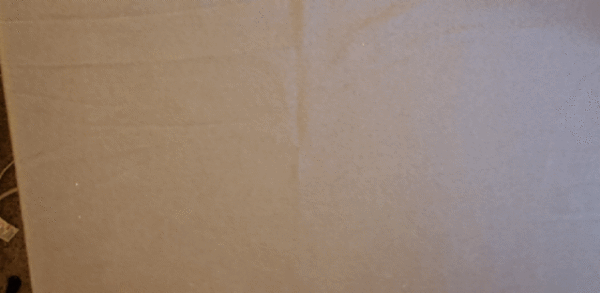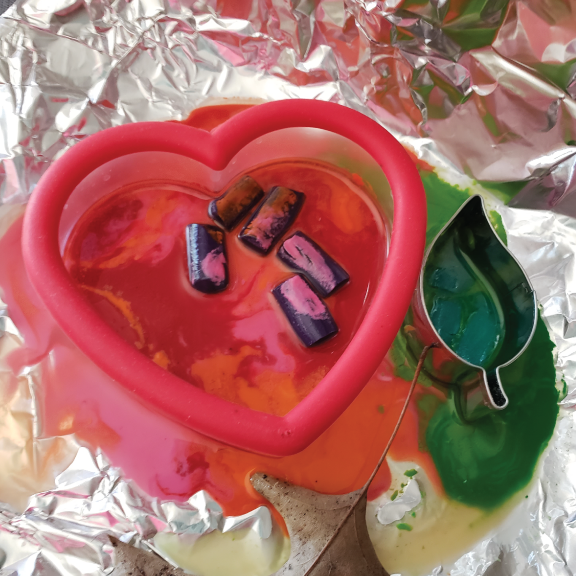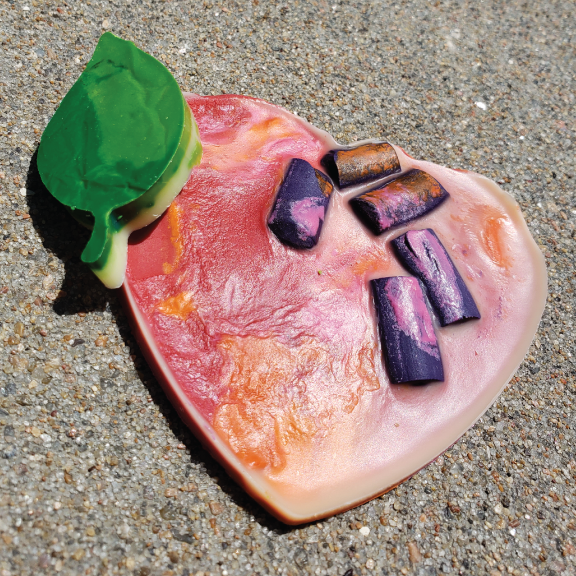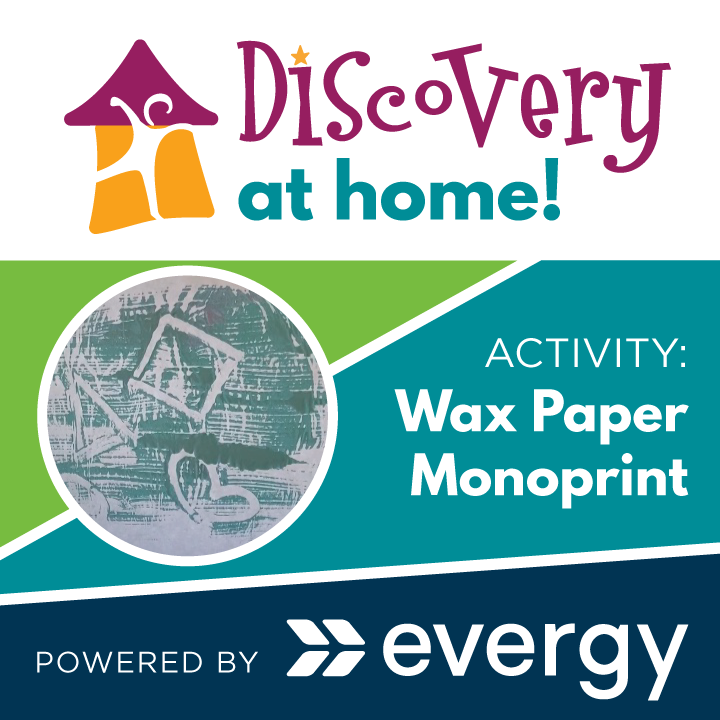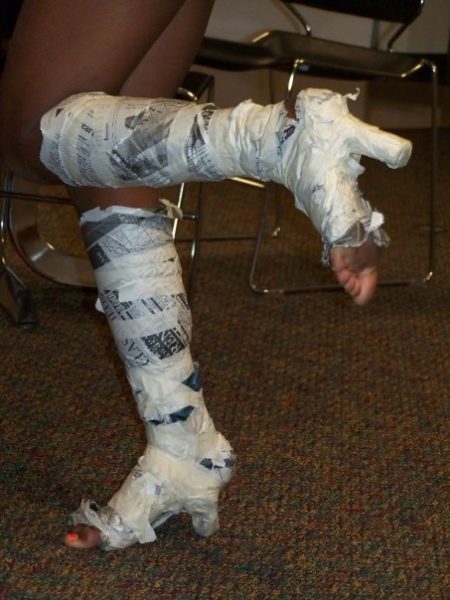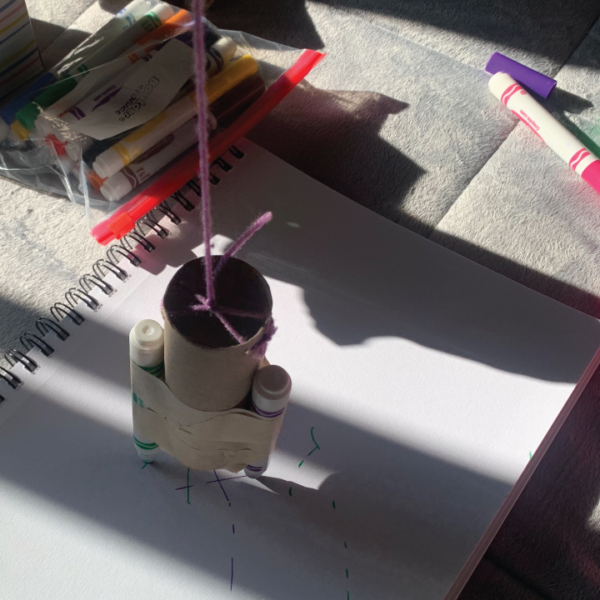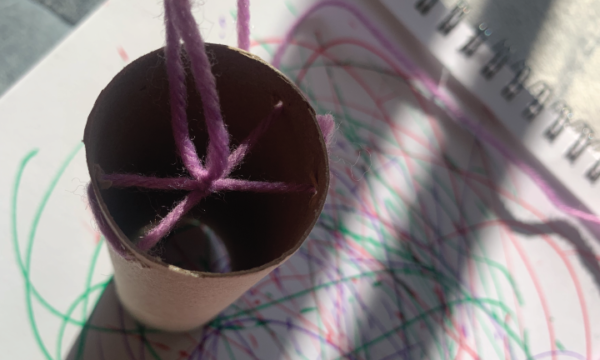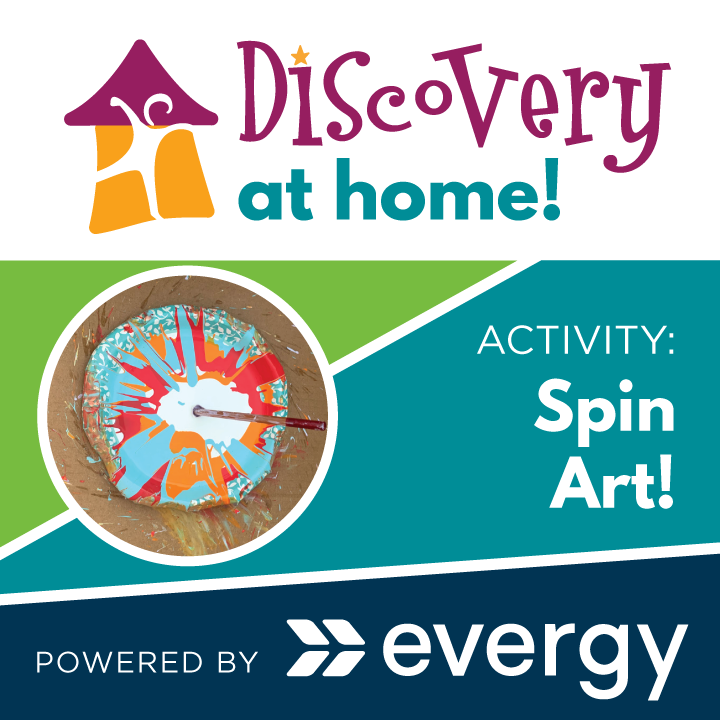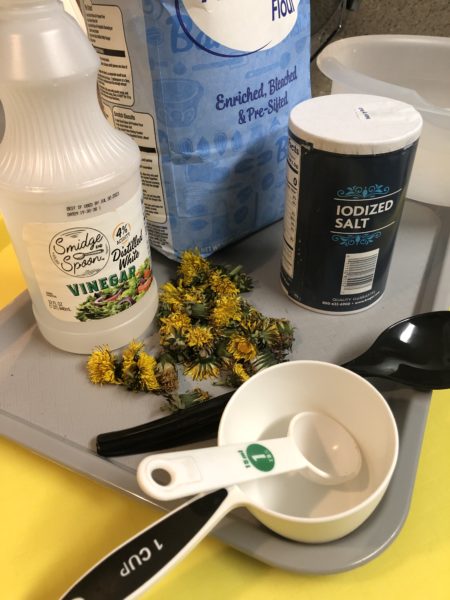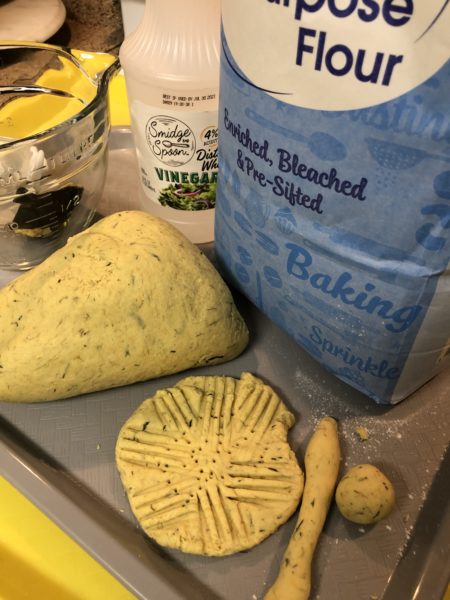What you need:
- Drinking straw.
- Scissors.
Directions:
- Flatten about an inch of the straw at one end really well.
- Where the straw is creased, cut both edges of the bent part of the straw.
- Force air through the straw until you hear a buzzing sound from the vibrations created.
- When you find the “sweet spot” that creates the sound, you’ve done it! It might take a few tries to get it, but don’t give up!
Ways to Expand the Activity:
- Change the shape of the flattened and cut end of the straw. Does it work if it is cut in a triangular shape?
- Change the length of the straw by cutting the end opposite of the “reed” or flattened and cut end. What happens?
- Add holes down the straw on one side to act as keys. What happens when you cover all of them and play your straw oboe or cover only a few?
What Kids Learn:
- Sound waves. Sounds waves are made up of vibrations that travel through the air, water and objects. The sound waves that reach our ears make our eardrums vibrate. Exploring the vibrations that are sound waves through hands-on activities help create a better understanding of how sound waves travel.
- How a double reed works. The reeds constantly close and open making the vibrations to help create sound through the instrument.


